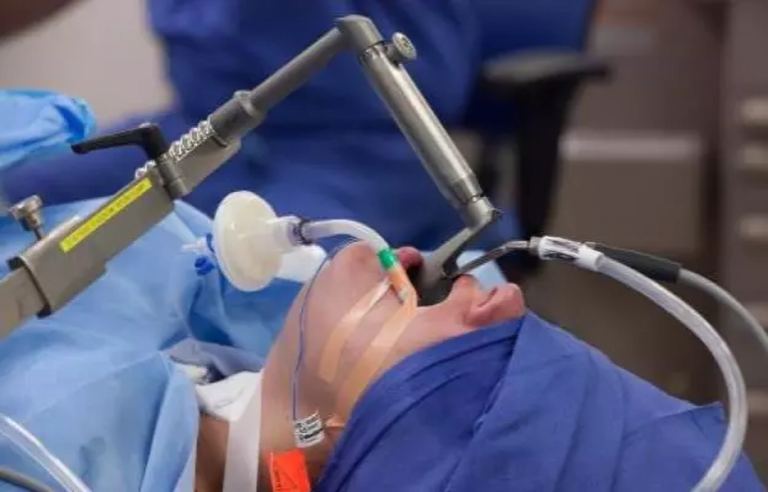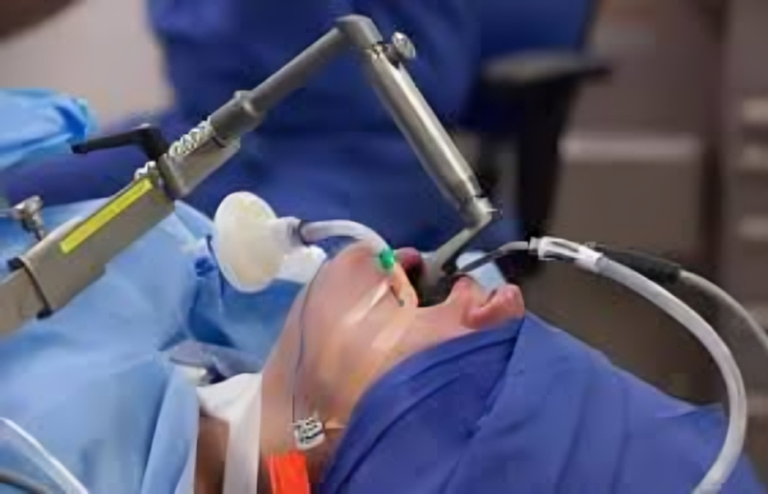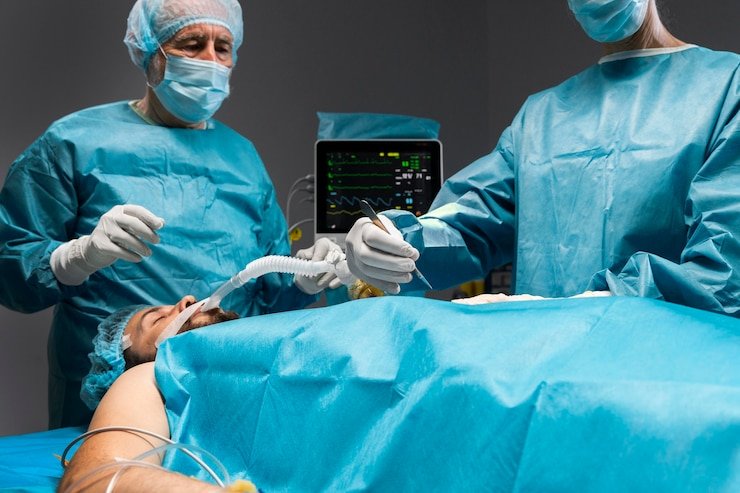Precision Instruments And Techniques In Microlaryngeal Surgery
Microlaryngeal surgery, a subspecialty within otolaryngology, focuses on the intricate surgical procedures performed on the larynx using specialized instruments and techniques. The delicate nature of the larynx requires precision instruments and meticulous techniques to ensure optimal outcomes while preserving voice function and minimizing complications. In this article, we delve into the precision instruments and techniques essential for successful micro laryngeal surgery.
To Know More About It Please Click Here
Precision Instruments
- Microlaryngoscopes: These instruments provide magnified visualization of the larynx, allowing surgeons to accurately identify lesions and abnormalities. They come in various designs such as rigid, flexible, and video-assisted, each offering unique advantages based on the patient’s specific condition and surgical requirements.
- Microscopes: High-powered surgical microscopes enhance visualization during micro laryngeal surgery, enabling surgeons to perform intricate procedures with utmost precision. Microscopes equipped with advanced optics and lighting systems offer superior clarity and depth perception, essential for delicate manipulations within the larynx.
- Microinstruments: Fine-tipped instruments specially designed for microlaryngeal surgery facilitate precise tissue dissection, excision, and manipulation. These instruments include microscissors, microforceps, micro graspers, and microneedle holders, allowing surgeons to navigate the confined spaces of the larynx with exceptional control and accuracy.
- Laser Systems: Laser technology is crucial in microlaryngeal surgery, offering precise tissue ablation while minimizing collateral damage to surrounding structures. Carbon dioxide (CO2) lasers are commonly used for benign lesions, while potassium-titanyl-phosphate (KTP) and diode lasers are preferred for vascular lesions and vocal fold abnormalities.
- Endoscopic Instruments: Endoscopic instruments such as rigid telescopes, flexible endoscopes, and video laryngoscopes enable minimally invasive access to the larynx, reducing trauma and improving patient outcomes. These instruments, coupled with high-definition imaging systems, provide detailed visualization of the laryngeal anatomy, essential for accurate diagnosis and surgical planning.
Techniques
- Microsuspension Laryngoscopy: This technique involves suspending the larynx using microsurgical instruments, allowing precise access to targeted areas for lesion excision or biopsy. Microsuspension laryngoscopy minimizes tissue trauma and provides optimal exposure, particularly for lesions located deep within the larynx.
- Microlaryngeal Dissection: Employing fine-tipped microinstruments, surgeons meticulously dissect and remove pathological tissues while preserving healthy surrounding structures. This technique requires precise control and dexterity to achieve complete excision of lesions while minimizing damage to critical laryngeal structures.
- Microflap Reconstruction: In cases where tissue defects or vocal fold scarring necessitate reconstruction, microflap techniques are employed to restore vocal fold function and mucosal continuity. Surgeons delicately elevate and mobilize mucosal flaps using microinstruments, facilitating precise closure and optimizing postoperative outcomes.
- Selective Lesion Ablation: Laser technology allows for selective ablation of pathological tissues while sparing adjacent healthy structures. Surgeons can precisely target lesions such as vocal fold polyps, nodules, and papillomas, achieving optimal outcomes with minimal damage to surrounding vocal fold tissue.
- Voice-Sparing Surgery: Preservation of vocal function is paramount in microlaryngeal surgery. Surgeons employ voice-sparing techniques to remove lesions or correct laryngeal abnormalities while minimizing the risk of vocal fold scarring or dysfunction. These techniques prioritize maintaining vocal quality and function, ensuring favorable postoperative voice outcomes.
conclusion
precision instruments and techniques are indispensable in micro laryngeal surgery, enabling surgeons to achieve optimal outcomes while preserving voice function and minimizing complications. Continued advancements in instrumentation and surgical techniques further enhance the safety and efficacy of microlaryngeal procedures, reaffirming its role as a cornerstone in the management of laryngeal disorders.
Also, Follow us on Instagram








